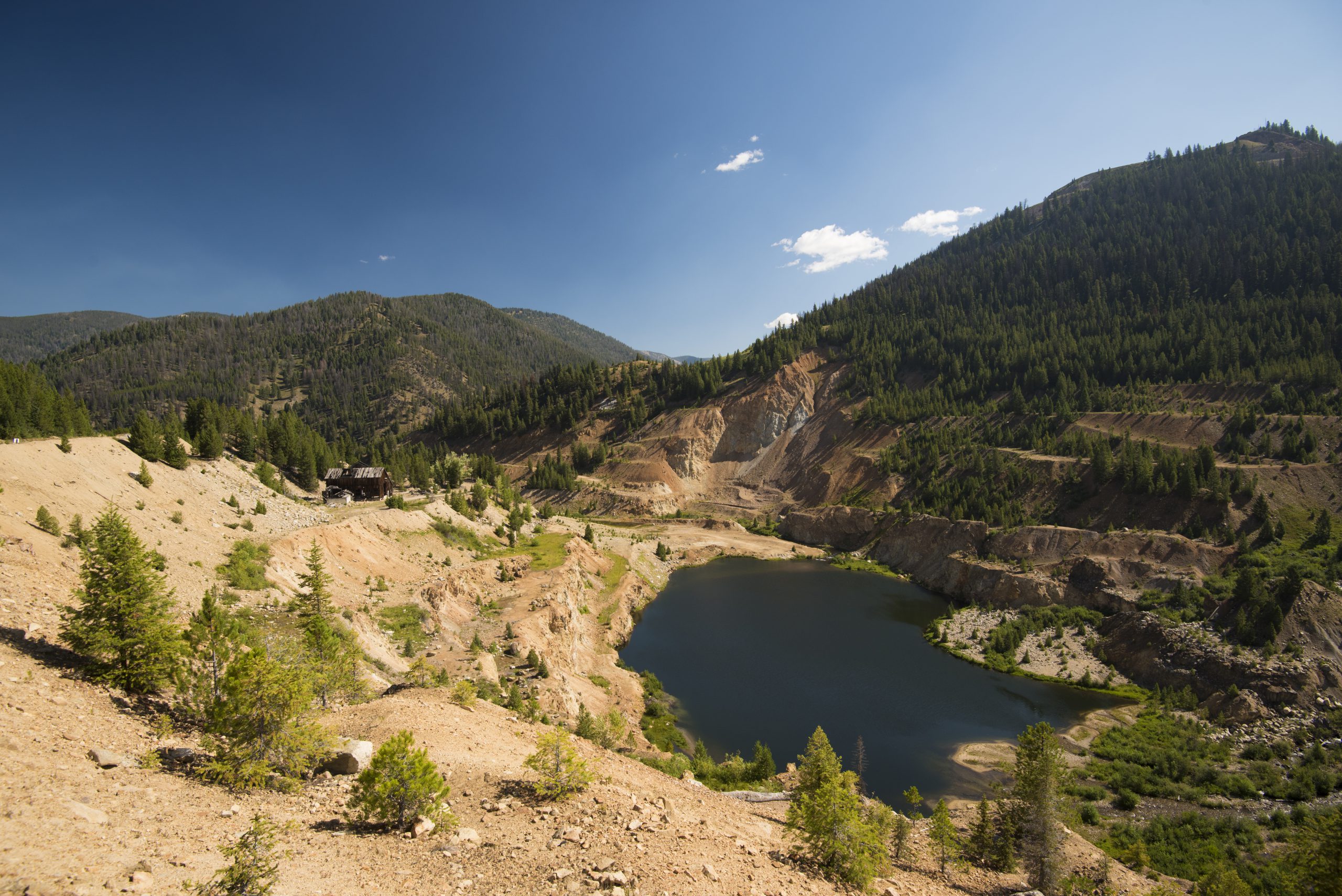
Gold was first discovered in North Idaho along the Clearwater River in 1860, luring prospectors to the northwest region. By March 3, 1863, this gold rush-fueled population boom led Congress to establish Idaho as its own territory and in 1890, Idaho was established as the 43rd state of the Union. The Boise Basin held some of the largest gold deposits in Idaho, but prospectors soon found that Idaho held much larger deposits of other valuable minerals like silver, zinc, and lead. In fact, the Coeur d’Alene district in Shoshone County was discovered to be one of the largest silver producing areas in the world. Soon, every corner of Idaho was home to mills and mining towns that explored the landscape for a wide variety of valuable minerals and gemstones. In the early 1900’s, phosphate was discovered in Idaho. Eastern Idaho is home to one of the largest reserves of phosphate in the United States, and as demand for fertilizer grows, there is increasing need to mine in Idaho’s phosphate patch.
Historic mining practices have molded how Idaho has been settled and subsequently shaped the landscape. Mining was such a significant industry in Idaho that Emma Edwards Green designed the Idaho state seal in 1890 with a miner prominently featured with a pick and shovel. Mining operations are now held to a much higher standard to protect the local environment and the people working and living in that area. Modern environmental regulations put a significant focus on reclamation of mined land. This reclamation involves restoring and improving land so that the area’s geology, plants, water, soil, and wildlife are returned to their original state. Mining continues to play an important role in Idaho’s development and contributes to the economic and industrial security of the United States.
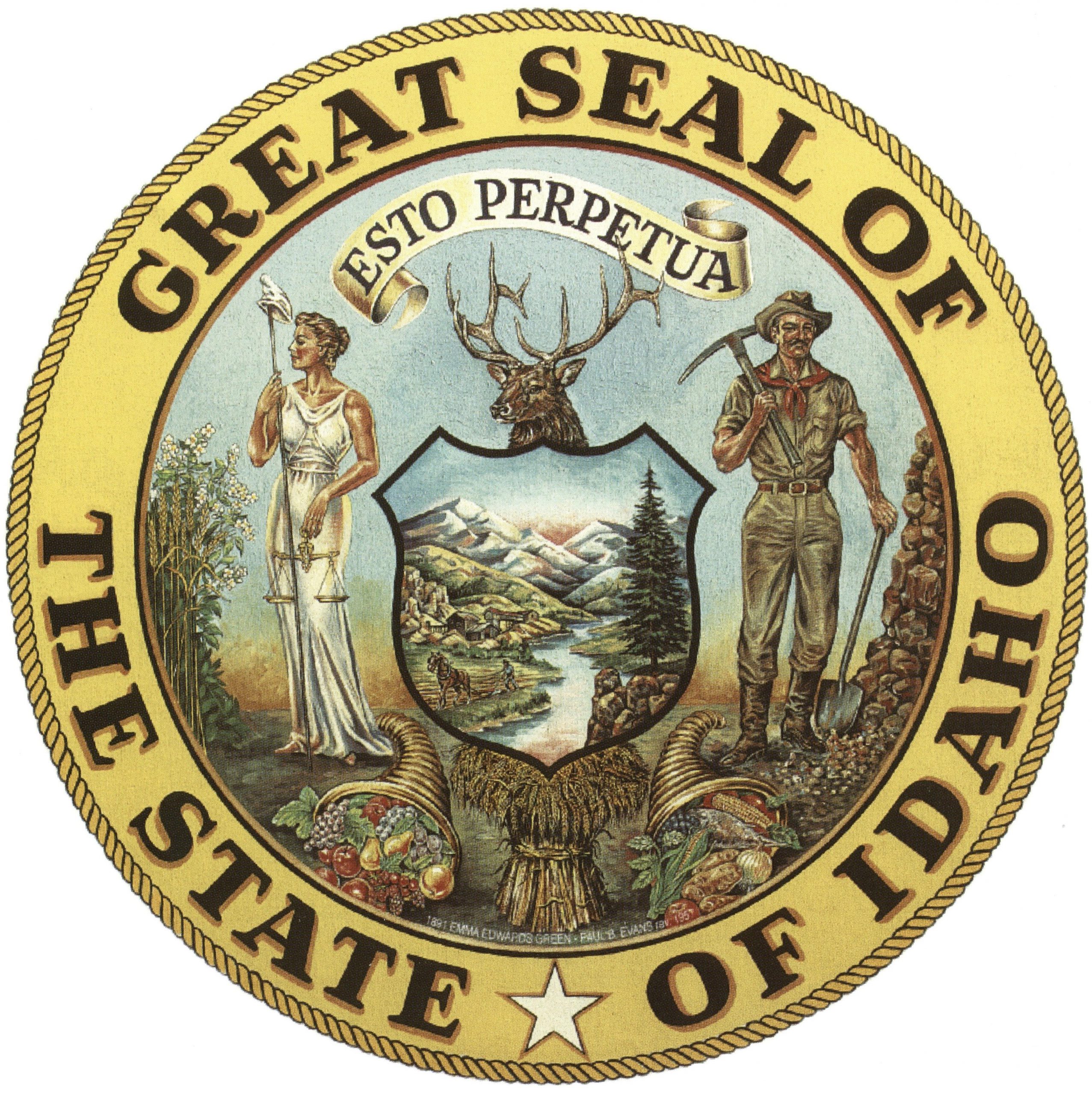
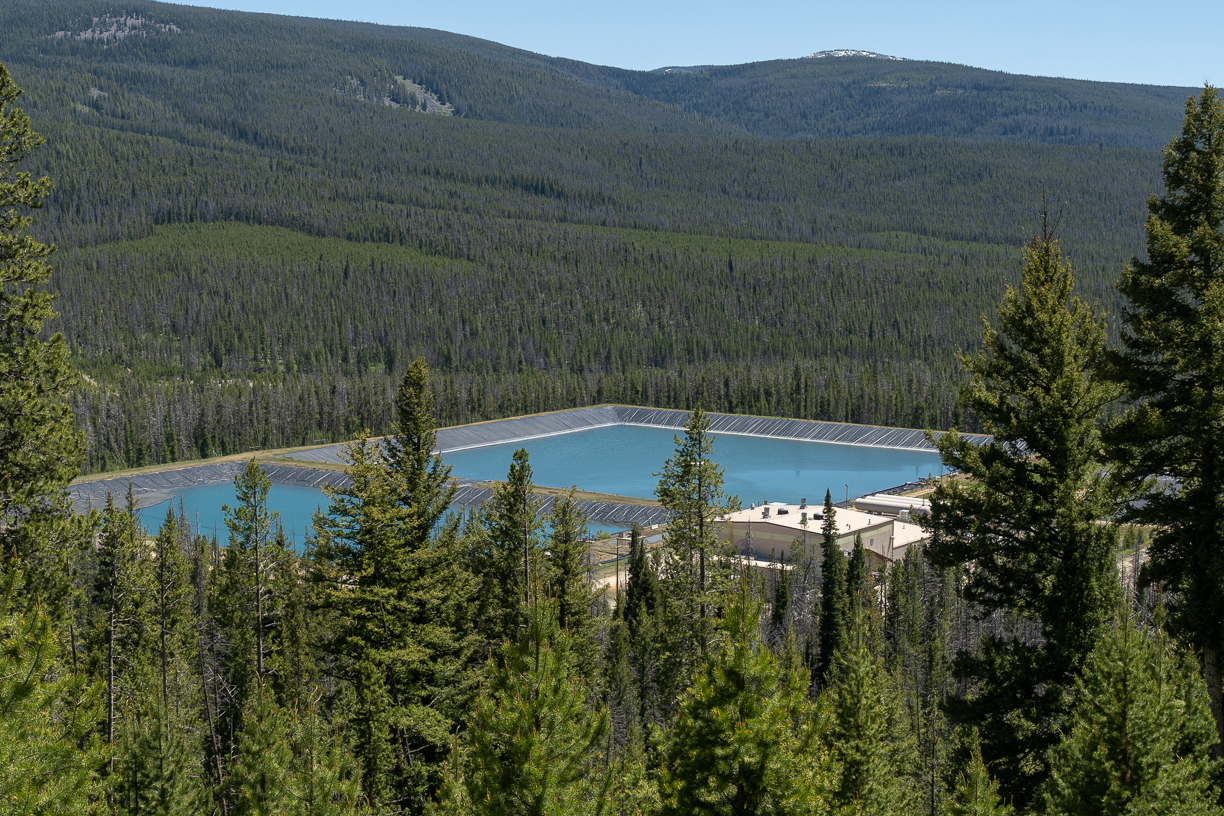
In mining, there are generally two types of deposits:
- Placer deposits, consisting of valuable minerals contained within river gravels and beach sands; and
- Lode deposits, where valuable minerals are found in veins, in layers, or in mineral seams generally distributed throughout a mass of actual rock. Both types of ore deposit, placer or lode, are mined by both surface and underground methods.
The minable minerals on federal and state lands are divided into three categories, each subject to different laws and regulations. The three categories of mineral materials are locatable, leasable, and saleable.
Locatable Minerals:
The Mining Law of 1872 is the major Federal law governing locatable minerals. This law opened the public lands of the United States to mineral acquisition by the location and maintenance of lode and placer mining claims.
To be classified as Locatable, a mineral must meet 3 criteria standards:
- The mineral must be recognized as a mineral by a Certified Review Mineral Examiner;
- The mineral must not be subject to disposal under some other law;
- The mineral must make the land more valuable for mining purposes than for agriculture purposes.
Locatable minerals include but are not limited to:
- Metallic minerals – gold, silver, lead, copper, zinc, nickel, etc.
- Nonmetallic minerals – fluorspar, mica, limestones and gypsum, gemstones, tantalum, etc.
- Uncommon variety minerals which are approved on a case-by-case basis by mineral examiners.
It is important to note that locatable minerals found on tribal land are only leasable. Locatable minerals are not subject to the same royalties and contracts that salable and leasable minerals are.
Mining locatable minerals on Idaho state land requires an approved Reclamation Plan from the Idaho Department of Lands.
For more detailed information on federal management of locatable minerals, please read the Mining Claims and Sites on Federal Lands brochure published by the BLM.
Leasable Minerals:
Leasable minerals are leased by the federal government and are governed by the Mineral Leasing Act of 1920. The Bureau of Land Management (BLM) has principal authority to manage leasable minerals on federal land.
The BLM has the authority to issue prospecting permits, which gives a permit owner the exclusive right to prospect and explore for leasable mineral deposits in a specific area. Only the material needed to demonstrate the existence of a leasable mineral resource may be removed.
If during the term of the prospecting permit, the permittee demonstrates the existence of a valuable deposit of the leasable mineral, the BLM may issue a lease to the permittee for that mineral. Leases are awarded through a bidding process and are subject to production royalty.
The Land Board and the Idaho Department of Lands (IDL) have statutory authority to administer the leasing of minerals on state land, as well as the beds of navigable waters which were granted to the state in trust at statehood in 1890. Any individual, company, or governmental agency that desires to mine minerals owned by the state must obtain a mineral lease from IDL.
Leasable Minerals include but are not limited to:
- Oil and gas, oil shale, coal, geothermal resources, potash, native asphalt, bitumen, phosphate, potassium, sodium, and sulphur in Louisiana and New Mexico.
For more detailed information about leasable minerals, please visit the BLM Non-Energy Leasable Materials page.
Saleable Minerals:
Nearly all saleable minerals are governed by the Materials Act of 1947.
Salable minerals include but are not limited to:
- Common varieties of gravel, sand, stone, pumice, pumicite, common clay, and cinders.
Saleable minerals have lower unit value than other minerals, and are commonly used for construction, road building and landscaping. These minerals usually weigh more and have high transportation costs.
The BLM occasionally sells mineral materials to the public at fair market value, but gives them free to states, counties, or other government entities for public projects. The BLM shares a portion of the revenues from the sale of mineral materials with the state where the minerals are produced.
Gravel, sand and aggregate extractions are treated like any other surface mine on state land and require an approved Reclamation Plan from the Idaho Department of Lands.
For more detailed information about salable minerals, please read the BLM brochure How to Obtain Mineral Materials from BLM-Administered Federal Lands.
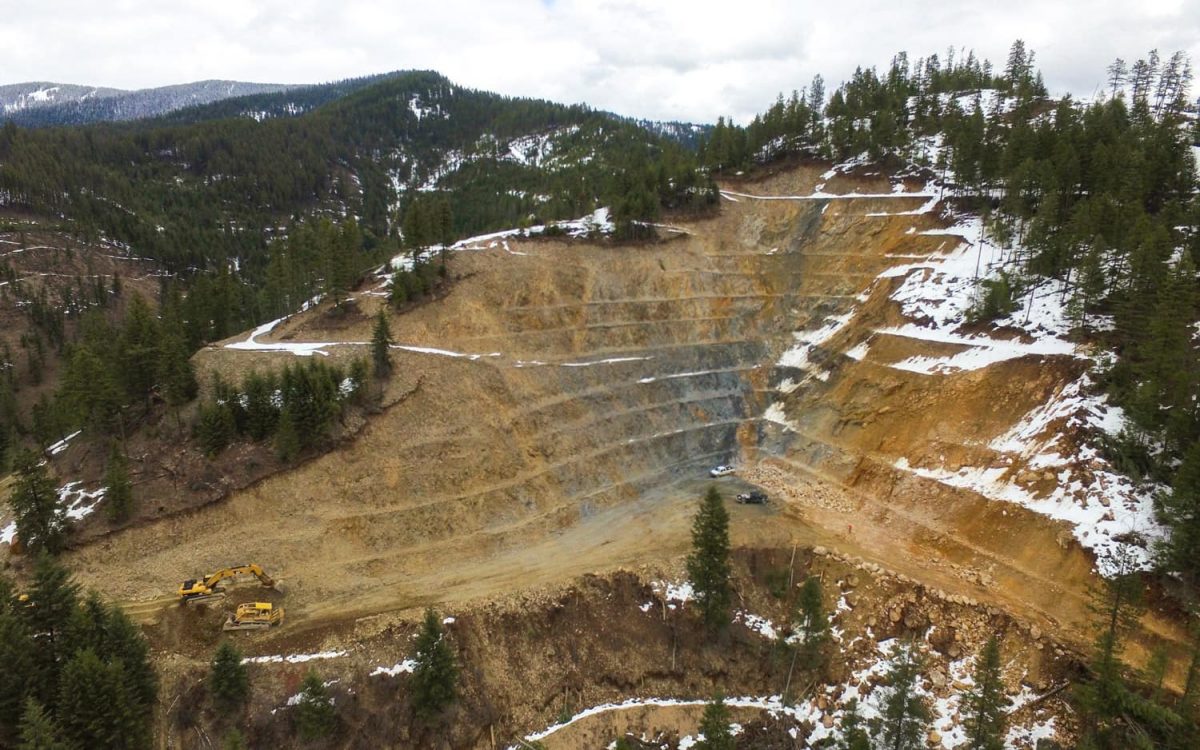
There are two main methods of mining utilized today: Surface mining, and Underground Mining. There are many different ways to mine mineral materials, and new technology.
Common techniques of surface mining include:
- Open-pit mining, which is the recovery of materials from an open pit in the ground;
- Quarrying, identical to open-pit mining except that it refers to sand, stone and clay;
- Strip mining, which consists of stripping surface layers off to reveal ore seams underneath;
- Mountaintop removal, commonly associated with coal mining, which involves taking the top of a mountain off to reach ore deposits at depth.
- Placer and dredge mining, which is used to sift out valuable metals from sediments in river channels, beach sands, or other sedimentary environments.
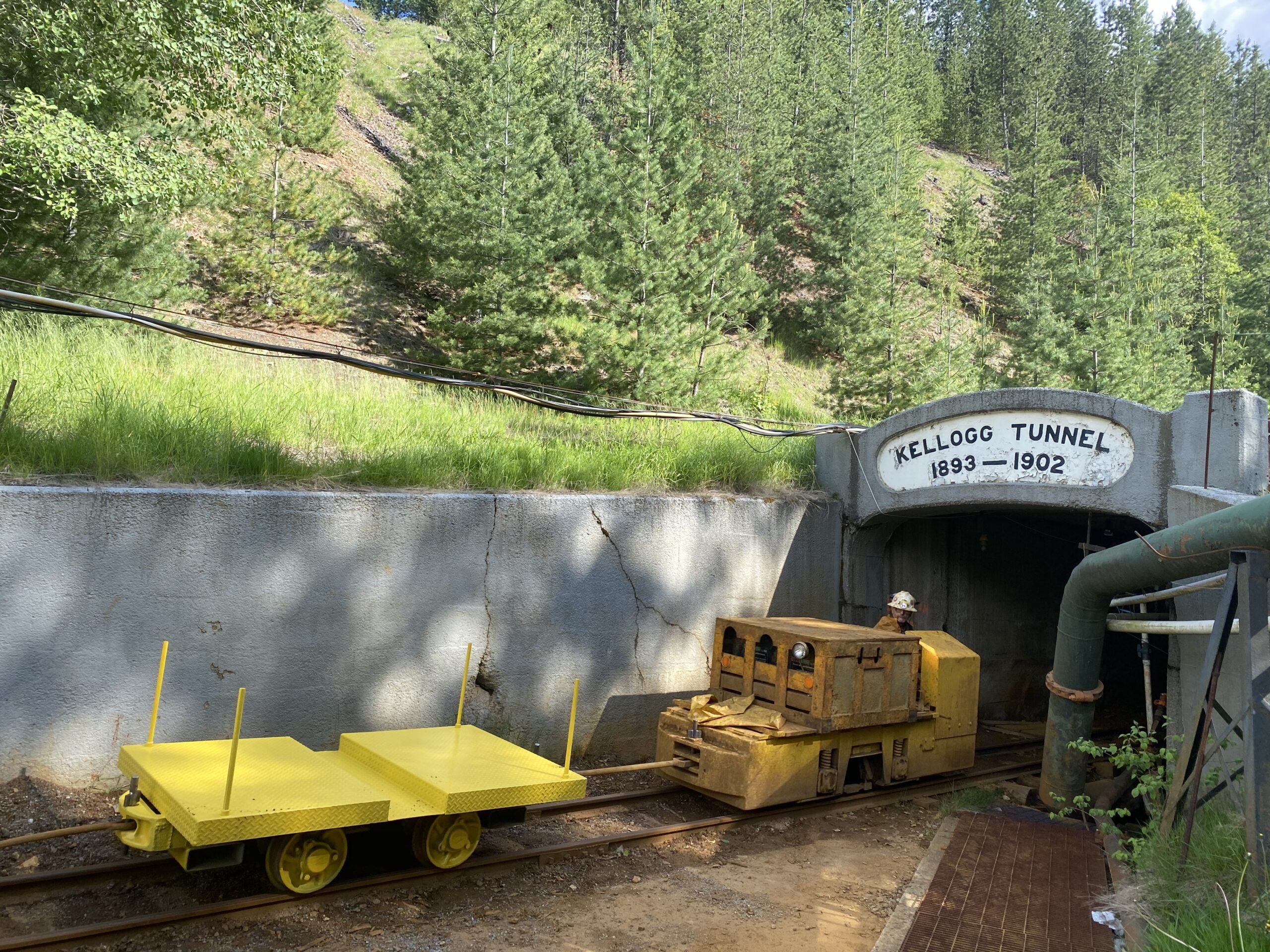
Common techniques of underground mining include:
- Room and pillar mining, in which parallel openings are mined in the ore (rooms), and pillars are left in place to support the earth overhead.
- Cut and fill mining, in which a slice of the ore is mined and immediately after the ore is removed, backfill is placed into the opening to support the ore above. The next slice is removed, the cut is then backfilled, and the process repeats.
- Block caving, which is essentially the underground version of open-pit mining. This method involves mining under an ore body, then allowing it to collapse under its own weight. The orebody is drilled and blasted and the collapsed ore is removed through a haulage access for valuable minerals to be processed out.
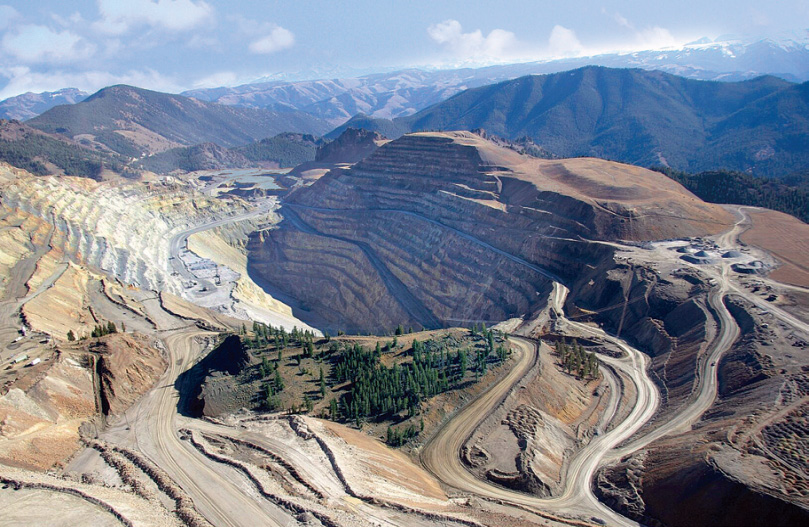
Idaho state agencies work collaboratively on mineral projects to ensure all state laws and policies are adhered to by operators.
An operator must also comply with local (county and city) zoning and planning ordinances. Please contact the local county offices in Idaho to learn more about the county code for use regulations and conditional use permits that may be required. Information on counties in Idaho can be found here. Information on cities in Idaho can be found here. It’s important to note that some local jurisdictions differentiate between quarrying and mining.
Below is a list of the different state agencies that may be involved in a mineral project and their respective authorities.
Office of Energy and Mineral Resources: OEMR serves as a cooperating agency and coordinates state agency comments for federal documents regarding mineral projects.
Idaho Department of Water Resources: In order to alter any Idaho stream, a prospective miner using recreational mining equipment must first obtain a stream alteration permit from the Idaho Department of Water Resources in accordance with the Idaho Stream Channel Protection Act. Permitting information can be found on their website here.
Idaho Department of Lands: The IDL administers the Mined Land Reclamation Act (Title 47, Chapter 15 of Idaho Code), which requires:
- An approved reclamation plan for surface and underground mining operations. The mining of all minerals, locatable, leasable, and salable, require an approved reclamation plan;
- Each approved reclamation plan must have a performance bond;
- A notice for exploration using motorized earth moving equipment;
- Water quality must be maintained and affected lands and disturbed watercourses must be reclaimed.
IDL also administers the Dredge and Placer Mining Act, which requires:
- Placer and dredge mining operations must have a permit approved by the state board of land commissioners;
- Every permit must have a performance bond;
- Water quality must be maintained and disturbed lands and water courses must be reclaimed;
- Periodic site inspections will be made to ensure compliance.
The IDL does not regulate recreational suction dredge mining. Recreational dredge mining is regulated by the Stream Channel Protection Act administered by the Idaho Department of Water Resources.
Rules specifically governing IDL’s actions are contained in Chapter 20 of Idaho’s Administrative Code. For more on the Mined Land Reclamation Act or the Dredge and Placer Mining Act, visit the Idaho Department of Lands page here.
The Idaho Department of Environmental Quality: The Idaho Department of Environmental Quality (IDEQ) is responsible for oversight of facilities that generate air, water, and hazardous waste pollution. Rules specifically governing IDEQ’s actions are contained in Chapter 58 of Idaho’s Administrative Code. IDEQ issues permits for mining facilities that use cyanidation to process ore and minerals, and require plans and specifications for ponds, heap leach pads, and tailings impoundments. IDEQ is responsible for Idaho Pollutant Discharge Elimination System (IPDES) permitting, Dredge and Fill permitting, and waste management permitting. More information about IDEQ rules, regulations and permitting can be found at their website here.
Idaho State Historical Society/State Historic Preservation Office: ISHS/SHPO evaluates mineral documents for issues that may affect Historic Properties defined in Section 106 of the National Historic Preservation Act. Section 106 requires Federal agencies to consider the effects of their undertakings on historic properties and consult with SHPO during project planning and implementation. SHPO collaborates with Federal agencies to sign a Determination of Significance and Effect document for mineral projects. For more information about the Idaho SHPO and Section 106, please visit the ISHS website here.
The Bureau of Land Management (BLM) in the Department of the Interior is primarily responsible for management of subsurface minerals on both its public lands and National Forest System lands. BLM and the U.S. Forest Service have developed cooperative procedures to accommodate their corresponding responsibilities.
BLM Idaho Offices: In Idaho, all mining claim location notices are submitted to the BLM Idaho State Office. The BLM is responsible for the locatable minerals on both public lands and National Forest System lands. The Mining Law of 1872 allows U.S. citizens the opportunity to explore for, discover and purchase certain mineral deposits on Federal lands that are open for mining claim location. Mining claims are filed with the BLM. For more information on mining on BLM lands in Idaho, please visit their minerals page here.
USFS Idaho Offices: The Minerals & Geology Management program within the U.S. Forest Service manages energy and mineral resource development, production, and reclamation according to specific authorities, legislation, rules, and regulations. The program is also responsible for authorization of ancillary projects, such as roads and pipelines that are part of the energy and minerals development projects within the U.S. forest system. For more information about the minerals programs and current mineral projects in Idaho, please visit the U.S. Forest Service website here.
National Park Service: Some mineral rights exist in and near National Park System units. The NPS works with the owners of mineral rights, as well as with other federal and state agencies and stakeholders to mitigate the potential adverse effects of energy and mineral development on park resources and values. Mineral development in or near parks includes oil and gas, coal and hardrock mining, sand and gravel mining, and geothermal. In Idaho, there are National historic trails, reserves, monuments, and sites that could be near mineral claims. To learn more about minerals in and around national parks, please visit the National Park Service webpage here.
U.S. Army Corps of Engineers (USACE): Mining-associated impacts to wetlands and Waters of the United States require the issuance of a permit by the USACE according to Section 404 of the Clean Water Act. This is required for both on-lease and off-lease mining-associated impacts. Idaho is in the USACE Northwestern division and is regulated by the Walla Walla District with field offices in Boise, Coeur d’Alene, and Idaho Falls. For more information about regulations in this area, please visit the USACE Walla Walla District page here.
Environmental Protection Agency (EPA): The EPA is the regulating authority of the Clean Air Act, the Clean Water Act, the Resource Conservation and Recovery Act, the Toxic Substances Control Act, and the Comprehensive Environmental Response, Compensation and Liability Act. These federal laws govern current mining operations in the United States, as well as to guide the cleanup of historical mining operations. For more information about EPA’s laws and regulations regarding mining, please visit their website here.
The National Environmental Policy Act of 1969 (NEPA): NEPA has the stated purpose of “declaring a national policy which will encourage productive and enjoyable harmony between man and his environment.” At its core, NEPA requires federal agencies to assess the environmental effects of proposed actions on federal lands prior to making their decisions. A mining project on federal land will require the federal agency to determine if that project will require an Environmental Impact Statement, an Environmental Assessment, or a Categorical Exclusion. NEPA also requires federal agencies to work with state and local agencies as well as concerned public and private organizations. NEPA established the Council on Environmental Quality (CEQ), which is appointed by the president and oversees NEPA implementations. For more information about the NEPA process, please visit the CEQ website here.
CERCLA: In 1980, the Comprehensive Environmental Response, Compensation and Liability Act (CERCLA) was enacted to address abandoned U.S. hazardous substance waste sites. These are broadly defined substances, and can include mining, milling and smelter wastes from former mines. CERCLA gives the Environmental Protection Agency (EPA) authority to hold all historical owners and contributors liable for cleanup costs. This act is commonly known as Superfund, and there are several sites in Idaho on the evolving National Priorities List. For more information about CERCLA, please visit the EPA Superfund webpage here.
General Mining Act of 1872: The General Mining Act of 1872 is a federal law (30 U.S. Code § 22) that authorizes and governs prospecting and mining for economic minerals on federal public lands. This law, approved on May 10, 1872, states that all citizens of the United States of America 18 years or older have the right to locate a lode (hard rock) or placer (gravel) mining claim on federal lands open to mineral entry. These claims may be located once a discovery of a locatable mineral is made. To read the text of the law, please visit this page here.
Idaho Mining Resources:
- Idaho Geological Survey (IGS) – The Idaho Geological Survey is the lead state agency for the collection, interpretation, and dissemination of geologic and mineral data for Idaho.
- Idaho Museum of Mining and Geology (IMMG) – The Idaho Museum of Mining and Geology promotes education and understanding of the importance of mining and geologic sciences to the citizens and visitors of Idaho.
- Idaho Mining Association (IMA)– The Idaho Mining Association works to support the interest of the state’s mining and mineral production industry.
Federal Mining Resources:
- U.S. Geological Survey (USGS) – The U.S. Geological Survey develops new methods and tools to supply timely, relevant and useful information about mineral resources across the United States.
- BLM Mining and Minerals – Mineral development on Bureau of Land Management land is an important land use within the BLM’s multiple-use mandate.
- USFS Mining and Minerals – Exploration, development, and production of mineral and energy resources and reclamation of activities are the responsibility of the U.S. Forest Service.
- U.S. Department of Labor Mine Safety and Health Administration (MSHA) – MSHA develops and enforces safety and health rules for all U.S. mines and provides technical, educational and other types of assistance to mine operators.
Other Mining Resources:
- Society for Mining, Metallurgy and Exploration (SME) – The SME is an international resource for technical information about mining and related industries.
- American Exploration and Mining Association (AEMA) – The AEMA collaborates with members, partners, key stakeholder groups and legislators to be a voice for the mining & exploration industry on legislative and regulatory issues.
- National Mining Association (NMA) – The National Mining Association builds support for public policies that will help Americans benefit from domestic mineral resources.
- The American Geosciences Institute (AGI) – AGI is a nonpartisan, objective, fact-based organization that represents and serves the geoscience community by providing collaborative leadership and information to connect Earth, science, and people.
 Official Government Website
Official Government Website